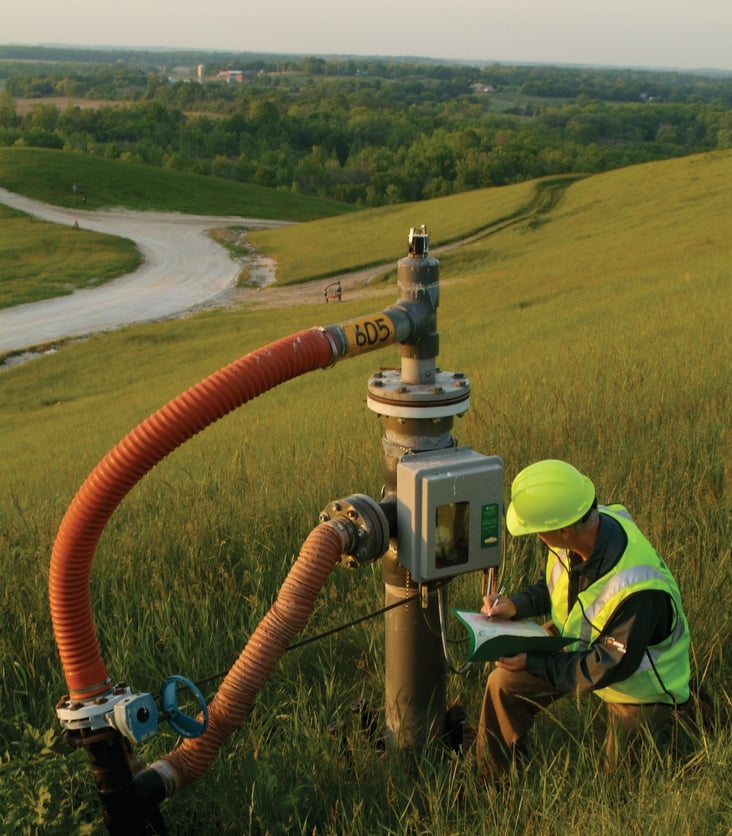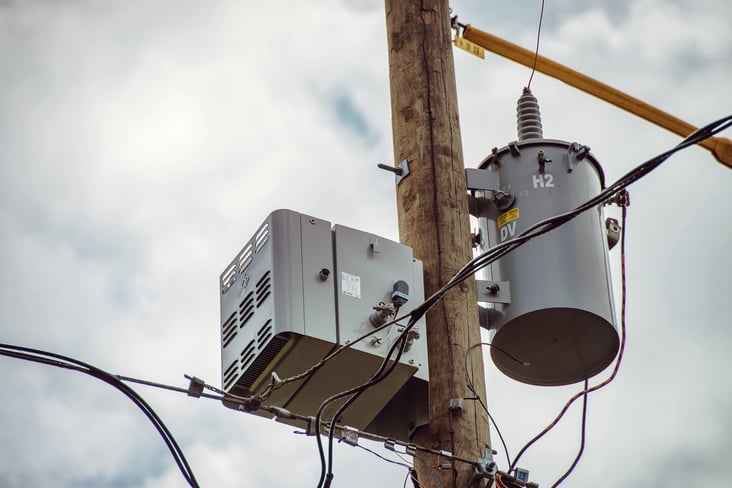This post is one in a series featuring the complete slate of advanced energy technologies outlined in the report This Is Advanced Energy.

Due to a lack of real-time data, grid operators have traditionally based grid management decisions on worst-case scenarios, resulting in inefficient performance. Over the past few years, transmission system operators have deployed synchrophasors to address this inefficiency. Synchrophasors are devices that measure the frequency, magnitude, and power factors (the alignment of voltage and current) of the grid with high speed and accuracy, then send the data back to control centers. Utilizing data time-stamped from GPS satellites, synchrophasors detect shifts in grid conditions in real time to improve management.



